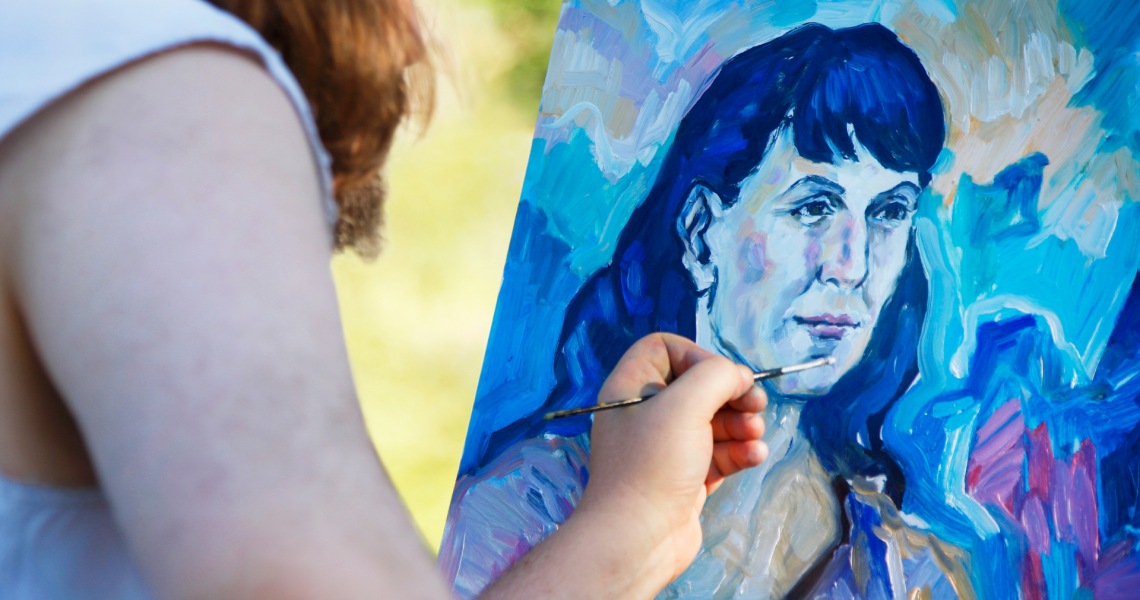Art is one of the greatest contributors to humanity’s cultural, artistic, and intellectual development. The world’s most famous and influential artists include Michelangelo, Leonardo Da Vinci, and Picasso. However, very few people are aware of how valuable our cultural heritage is.
We’ve all seen a portrait before—that iconic image of someone we know or even someone we barely know. This kind of personal work is so common during our lives; we don’t even think twice about it. Yet, many people are passionate about making a portrait—almost as much as they love their subject.
In some cultures, a portrait is nothing more than a figure drawn in a book. In others, it’s an object of great value—a testament to the person who commissioned it and a testimony to the power of images.
There is a lot of discussion around the value of a portrait. The value of a portrait of a person as a symbol of love, or even art, is a topic that has been written about extensively and debated to no end. In the end, your view on the value of a portrait is likely to be one of the most personal things you own.
Even the most famous and respected artists are sometimes portrayed as cold, heartless, and unfeeling, while their portraits are the opposite. Like the person they portray, their portraits accurately reflect their personality, so why do we pay so much for them?
From the beginning of time, we have always loved to look at pictures of happy people. It is something about the way we see them and the way we feel about them that makes us love them. I believe that we are vulnerable to this feeling because we are all human, and it’s just us.
In the US, people tend to be quite obsessed with portraits, enough to pay thousands of dollars for a painting of their dog. However, the amount of money spent on paintings is not much lower compared with high-end cars, diamonds, or art. Why do people value portraits so much? It’s a fairly complex question, but there are several theories. One reason people spend so much on portraits could be that paintings are unique, unlike prints. Another is that paintings are a form of storytelling. Some people even think that paintings communicate a feeling of the artist, giving insight into their personality.
Valuing portraits is a human thing. We have an instinct to protect and preserve the loved ones who have passed on, so we have a strong desire to protect the images we have of them. In many cultures around the world, the ability to preserve a family portrait is considered a mark of high social status.
Humans are social creatures, and images and symbols of people constantly surround us. The snap of a photo has become a way to capture the essence of somebody in a single instant, but the perceived value of these images varies widely.
In the world of portraiture, the artist is often called upon to look into the past to envision the future. This is especially true for the work of a professional photographer, who has the responsibility of documenting and preserving the history of culture by recording its people. One way to fulfill this role is to document the lives of the generations before us, looking back and documenting their life as well.
The value of art is its ability to transform our experience of the world. Whether you hold it in your hand or admire it from afar, art provides one of the clearest ways to understand ourselves, the world around us, and how we fit into it. The power of art is what makes our visual culture so powerful and why we value it so deeply.
There are many different ways that artists express their talents when it comes to art. Some artists specialize in the creation of representational art, doing depictions of objects, animals, and people. Other artists, however, specialize in abstract art, doing paintings or sculptures that use the pure use of lines, colors, or shapes to convey an image. The third type of artist, known as a portraitist, creates realistic, life-size likenesses of people. If a person is deemed to have a good “portraitist” body of work, that may influence how much their work is valued and sold.

